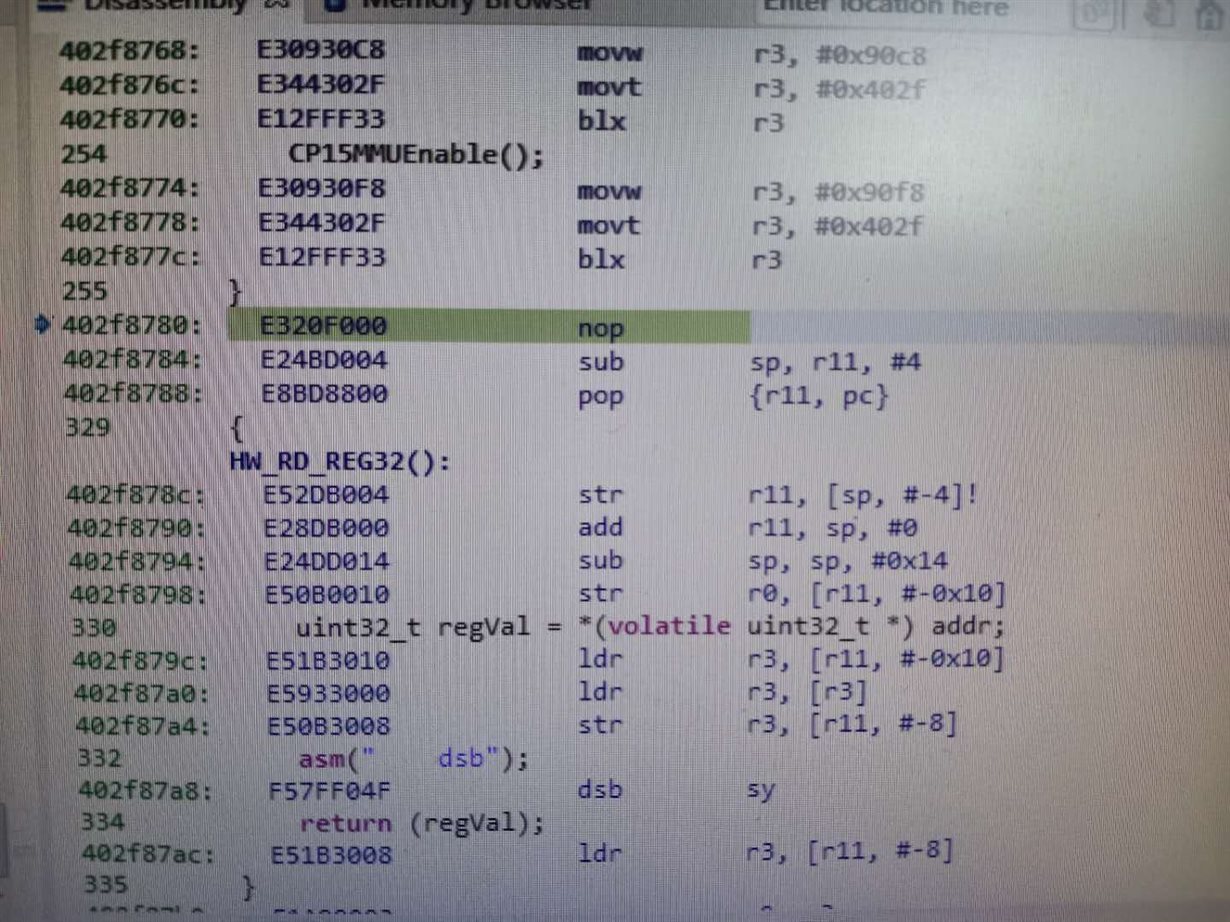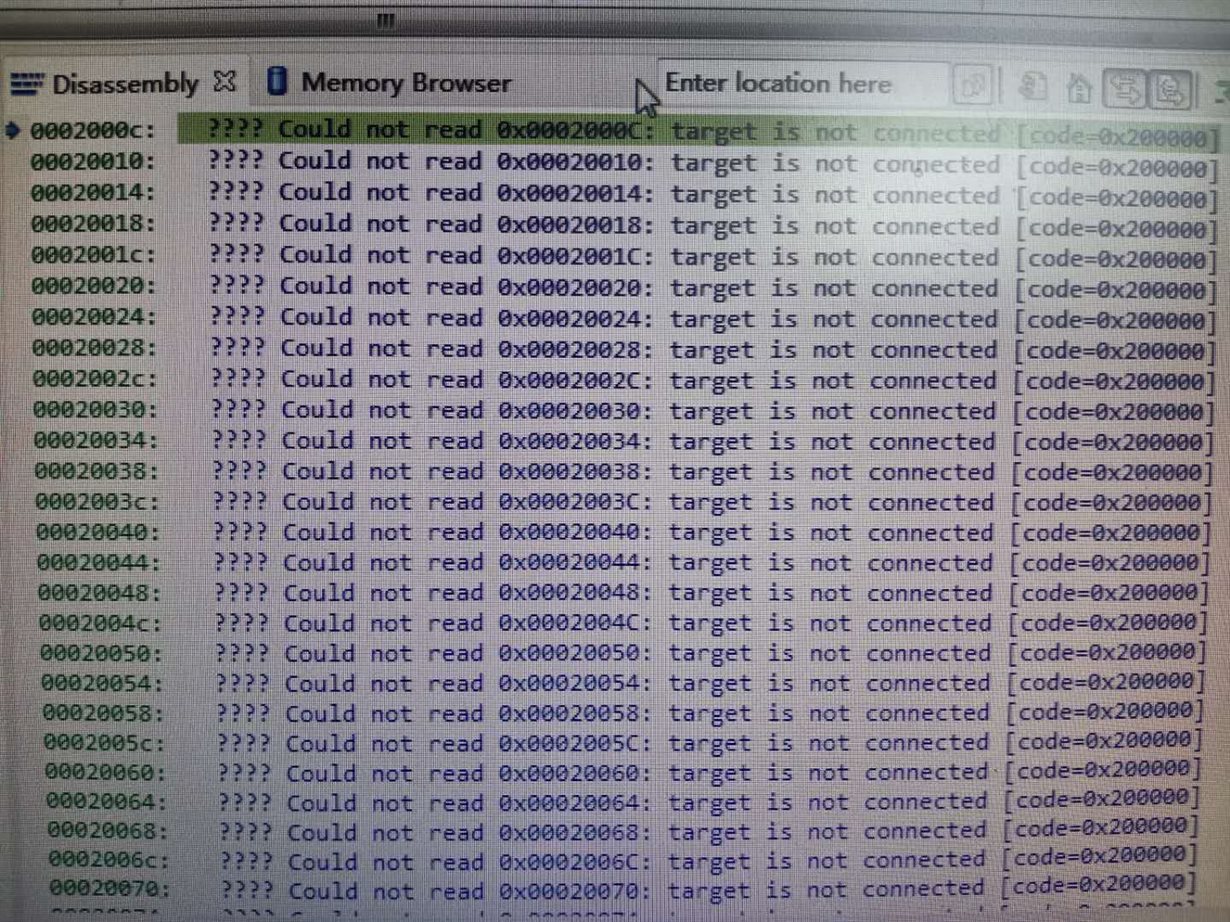Tool/software: Code Composer Studio
Hi
I have writen sbl and app to the nand flash successful,
but the startup time is too long.
the is the start log:
[18:06:10.509]收←◆
StarterWare Boot Loader
BOARDInit status [0x0]
SoC : [AM335X]
Core : [A8]
Board Detected : [UNKNOWN]
Base Board Revision : [[JD-signal]]
Daughter Card Revision: [[JD-signal]]
enter ddr init
NAND flash is connected to GPMC on this board111
111
**** Nand Device Info ****
Manufacturer Id is 2c
Device Id is d3
Page size is 2048 bytes
Block Size is 131072 bytes
Pages per Block is 64
*************************
Reading Image From NAND
[18:06:23.523]收←◆Jumping to StarterWare Application...
[18:06:34.592]收←◆open gpmc succeful!!
------------ app_EDMA_Init --------------
EDMA_Params_Init successful!
I2C initialize succesed!
Swi_create successful
[18:06:34.633]收←◆Timer create successful
FPGA version is 8810, arm version is 2020
[18:06:34.776]收←◆RS485 call time is 12001
[18:06:34.824]收←◆SetPhyMode:000021e1 Auto:1, FD10:64, HD10:32, FD100:256, HD100:128, FD10
[18:06:34.966]收←◆00:8192 LPBK:0
RS485 call time is 12001
mmcsd open successed!
it cost about 13s to read app from flash,and arfter load the app to ddr,it cost 11s to start up.
what cause these? Can the starting time be reduced to less than 5S?
my pdk version is pdk_am335x_1_0_13,thanks.



